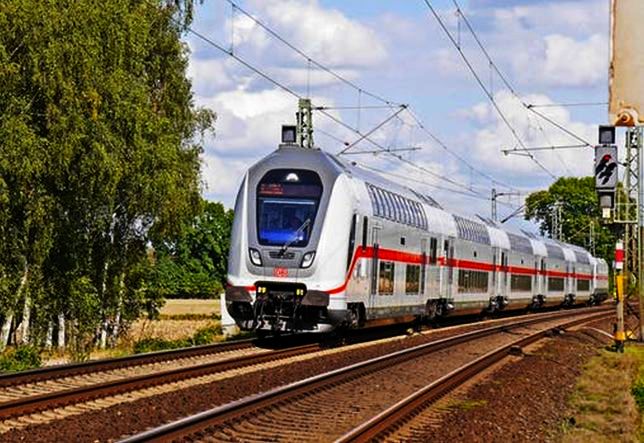Authors: Matthias Müller-Hannemann and Mathias Schnee, University Darmstadt
Abstract: the original abstract text will be reflected as follows:
 IC in Fahrt (C) Pixabay
IC in Fahrt (C) Pixabay
Finding cheap train connections for long-distance traffic is algorithmically a hard task due to very complex tariff regulations. Several new tariff options have been developed in recent years, partly to react on the stronger competition with low-cost airline carriers. In such an environment, it becomes more and more important that search engines for travel connections are able to find special offers efficiently.
We have developed a multi-objective traffic information system (MOTIS) which finds all attractive train connections with respect to travel time, number of interchanges, and ticket costs. In contrast, most servers for timetable information as well as the theoretical literature on this subject focus only on travel time as the primary objective, and secondary objectives like the number of interchanges are treated only heuristically.The purpose of this paper is to show by means of a case study how several of the most common tariff rules (including special offers) can be embedded into a general multi-objective search tool.
Computational results show that a multi-objective search with a mixture of tariff rules can be done almost as fast as just with one regular tariff. For the train schedule of Germany, a query can be answered within 1.9s on average on a standard PC.
The original study can be downloaded here: Paying less for Train Connections with MOTIS